Ferdinandea, the Ephemeral Island
At the end of June 1831, the inhabitants of Kélibia, on the Tunisian coast, and those of Sciacca, a small town in southwestern Sicily, witnessed alarming signs. An initial seismic shock caused many boats sailing in the area to sink. The atmosphere was filled with sulfur fumes, silverware tarnished, and the whitewashed walls of villages and churches turned ochre. An underwater volcano located between Sicily, Tunisia, and Libya had just erupted, giving birth to a small, arid island made of ash. The ephemeral island has been given many names: “Julia Island” in France, “Graham” in England, and in the Kingdom of the Two Sicilies, it takes the name of the reigning monarch, Ferdinand II of Bourbon. Very quickly, Ferdinandea attracts the attention of both the scientific and political worlds—the European powers intend to claim its strategic position. Today, Ferdinandea lies eight meters below the waves, at the crossroads of Europe and the Arab world. But it could resurface at any moment following new seismic activity, triggering further geopolitical maneuvering.
The island provides a scientific and aesthetic testing ground for artist Clément Cogitore. A videographer, visual artist, storyteller, and filmmaker, Cogitore seizes upon this historical and geological phenomenon as the starting point for an empirical fiction. Based on historical research and speculative projections, Ferdinandea recounts the emergence and disappearance of the volcanic island in a multimedia installation combining 16mm films, videos, 3D simulations, historical documents, and photographs. With underwater views, archival documents, clouds of slag, and multiple voices on the soundtrack, the work invites viewers on a dreamlike and metaphorical journey.
Conceived as an artist's book, Ferdinandea, l'île éphémère (Ferdinandea, the ephemeral island) unfolds a visual narrative bordering on dystopia and accompanies the eponymous exhibition presented at the Mucem from December 10, 2025. For this metaphorical journey, Clément Cogitore invited writer Tristan Garcia to write an original short story about the island. Placed at the heart of the book, it highlights the hybrid nature of the work. A scientific apparatus with essays by the exhibition curators approaches the singular work of a major artist on the contemporary scene from different angles.
Clément Cogitore
Ferdinandea, the Ephemeral Island
At the end of June 1831, the inhabitants of Kélibia, on the Tunisian coast, and those of Sciacca, a small town in southwestern Sicily, witnessed alarming signs. An initial seismic shock caused many boats sailing in the area to sink. The atmosphere was filled with sulfur fumes, silverware tarnished, and the whitewashed walls of villages and churches turned ochre. An underwater volcano located between Sicily, Tunisia, and Libya had just erupted, giving birth to a small, arid island made of ash. The ephemeral island has been given many names: “Julia Island” in France, “Graham” in England, and in the Kingdom of the Two Sicilies, it takes the name of the reigning monarch, Ferdinand II of Bourbon. Very quickly, Ferdinandea attracts the attention of both the scientific and political worlds—the European powers intend to claim its strategic position. Today, Ferdinandea lies eight meters below the waves, at the crossroads of Europe and the Arab world. But it could resurface at any moment following new seismic activity, triggering further geopolitical maneuvering.
The island provides a scientific and aesthetic testing ground for artist Clément Cogitore. A videographer, visual artist, storyteller, and filmmaker, Cogitore seizes upon this historical and geological phenomenon as the starting point for an empirical fiction. Based on historical research and speculative projections, Ferdinandea recounts the emergence and disappearance of the volcanic island in a multimedia installation combining 16mm films, videos, 3D simulations, historical documents, and photographs. With underwater views, archival documents, clouds of slag, and multiple voices on the soundtrack, the work invites viewers on a dreamlike and metaphorical journey.
Conceived as an artist's book, Ferdinandea, l'île éphémère (Ferdinandea, the ephemeral island) unfolds a visual narrative bordering on dystopia and accompanies the eponymous exhibition presented at the Mucem from December 10, 2025. For this metaphorical journey, Clément Cogitore invited writer Tristan Garcia to write an original short story about the island. Placed at the heart of the book, it highlights the hybrid nature of the work. A scientific apparatus with essays by the exhibition curators approaches the singular work of a major artist on the contemporary scene from different angles.
Two versions: English and French
Hardcover, 17 × 22 cm
344 pages
Around 250 colour photographs and documents
Photographs, films, videos
Clément Cogitore
Texts
- Tristan Garcia, writer
- Enguerrand Lascols, art historian and curator of heritage at the Mucem
- Hélia Paukner, art historian and heritage curator, head of the Contemporary Art department at the Mucem
- Kathryn Weir, art historian and exhibition curator
Copublished with the Mucem
Exhibition
Clément Cogitore: Ferdinandea,
the Ephemeral Island
Mucem, – Museum of European and Mediterranean Civilizations, Marseille
From December 10, 2025, to May 24, 2026
ISBN FR: 978-2-36511-456-1
ISBN ENG : 978-2-36511-457-8


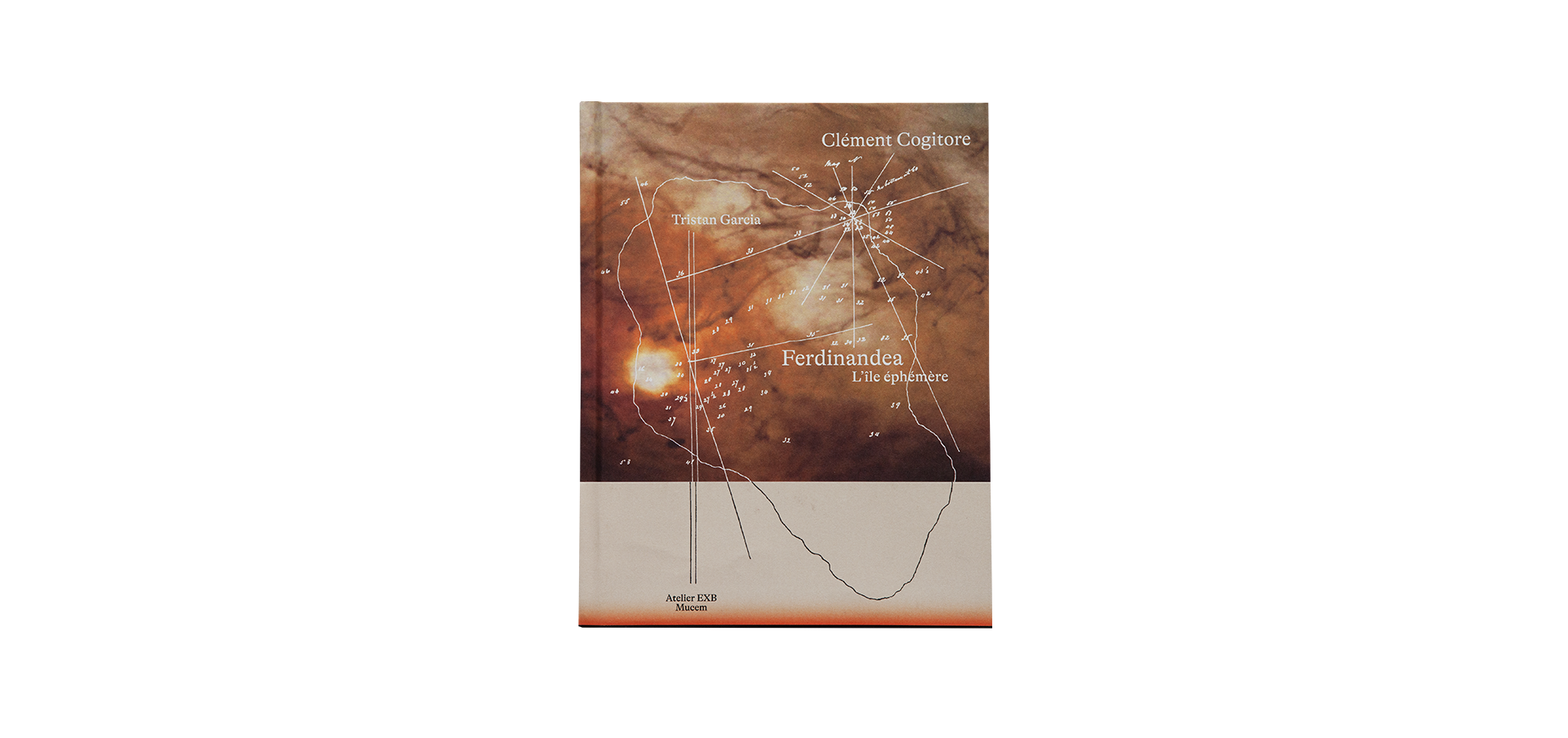
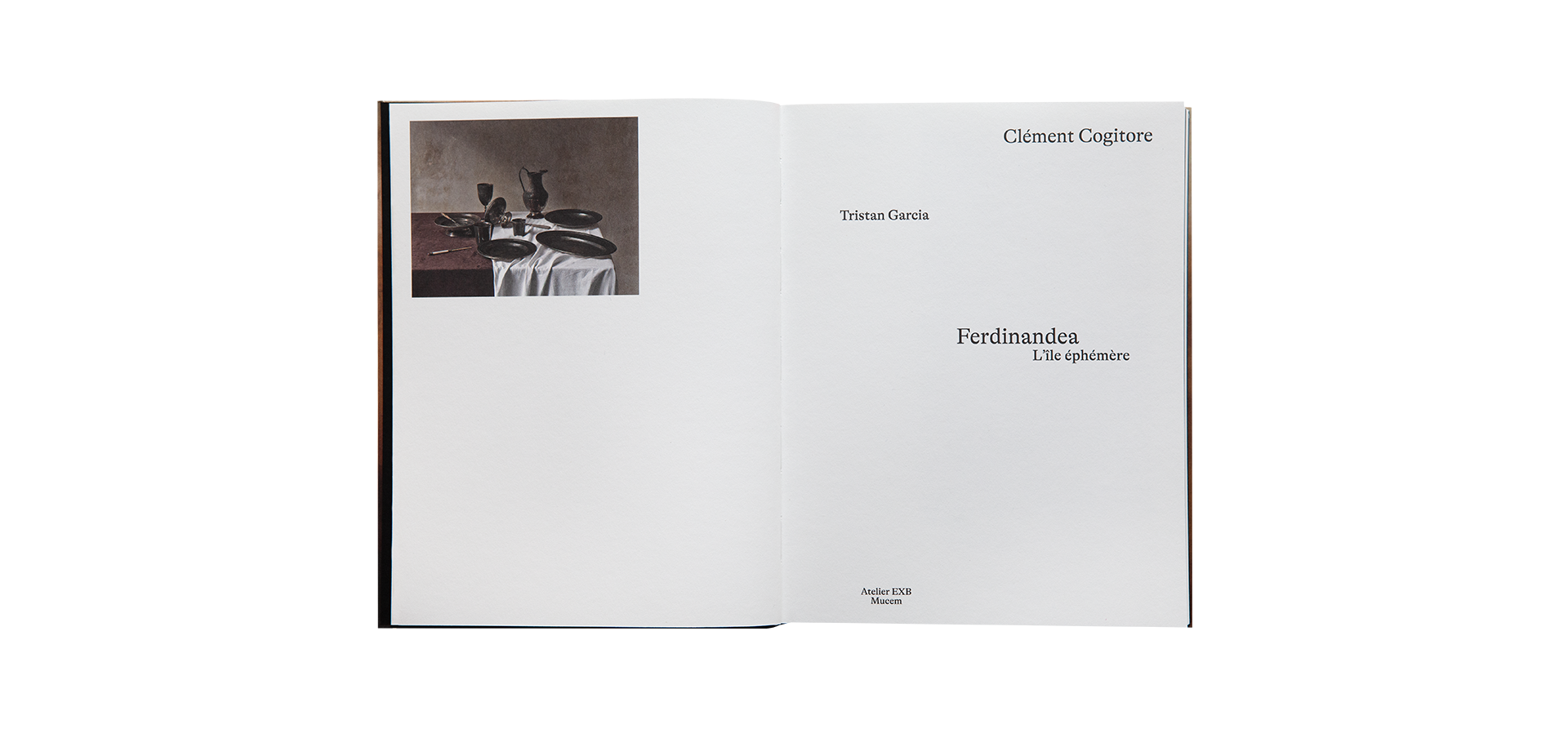
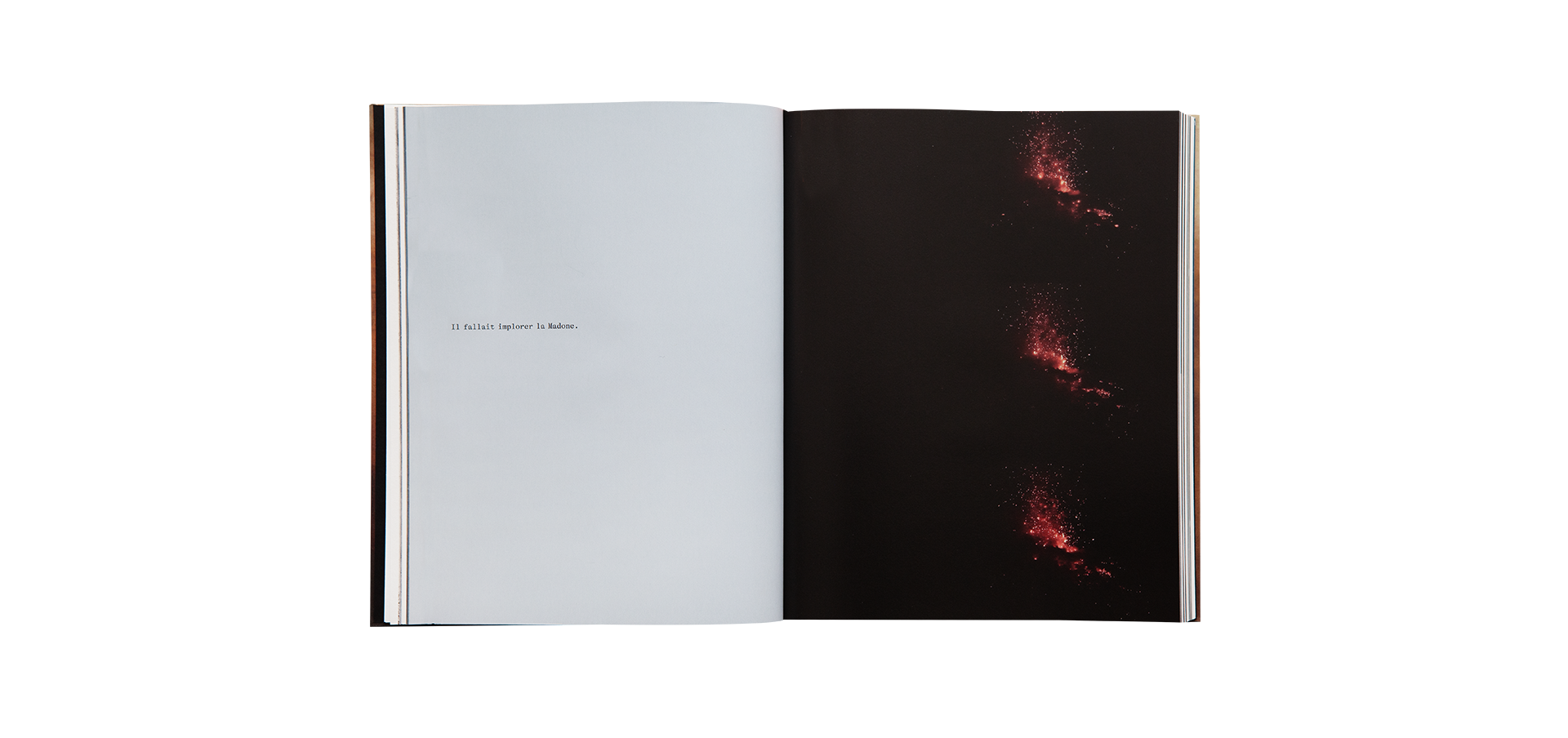

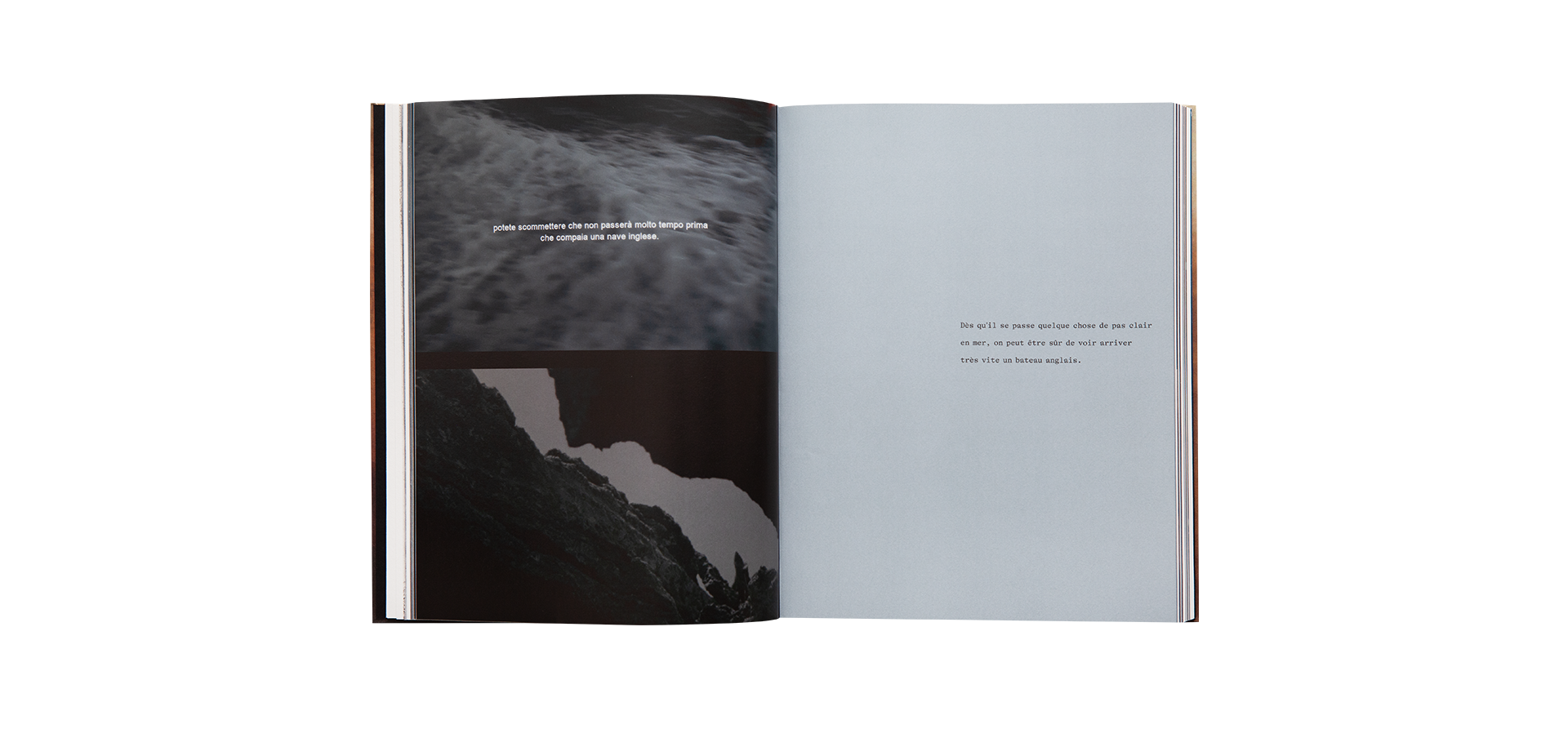
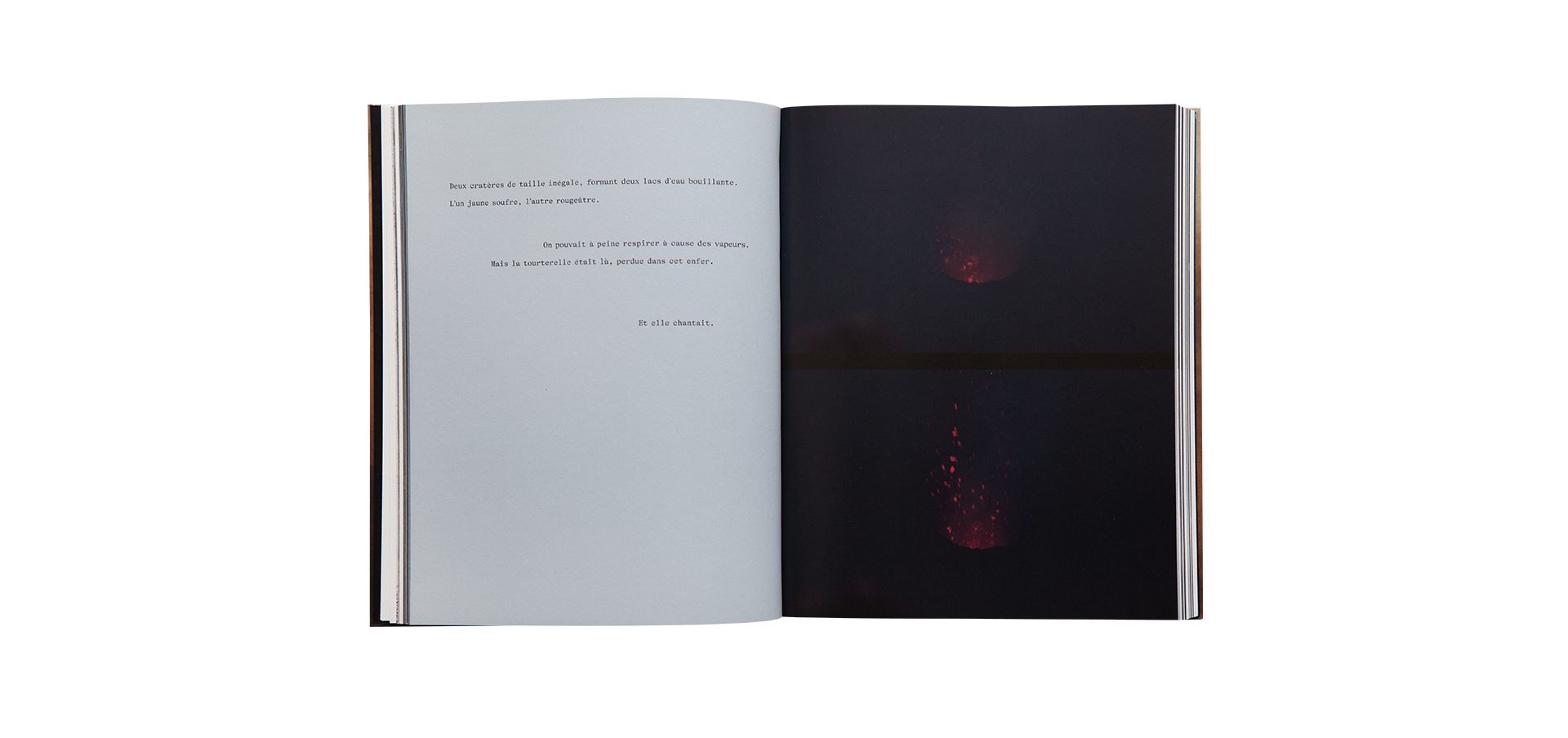
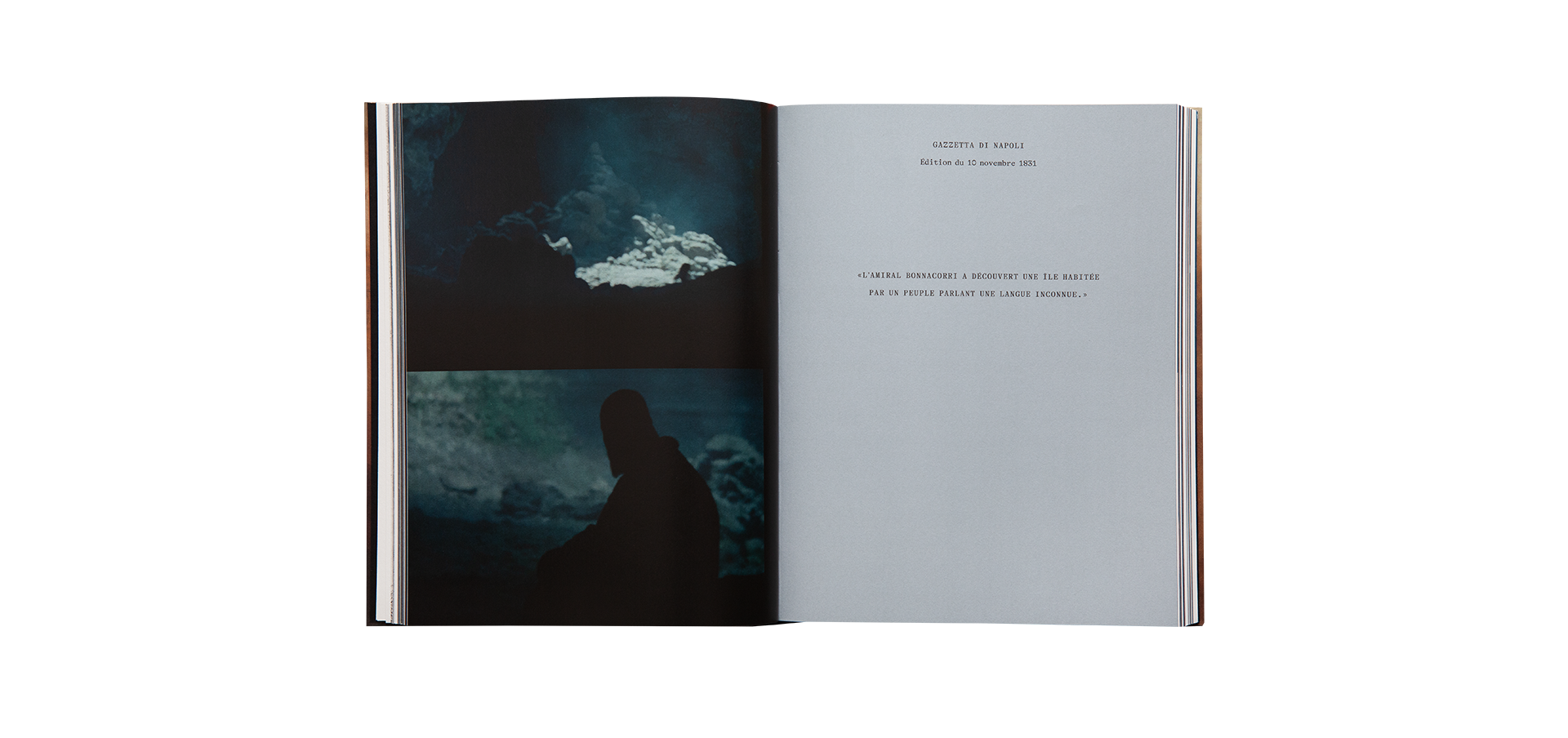
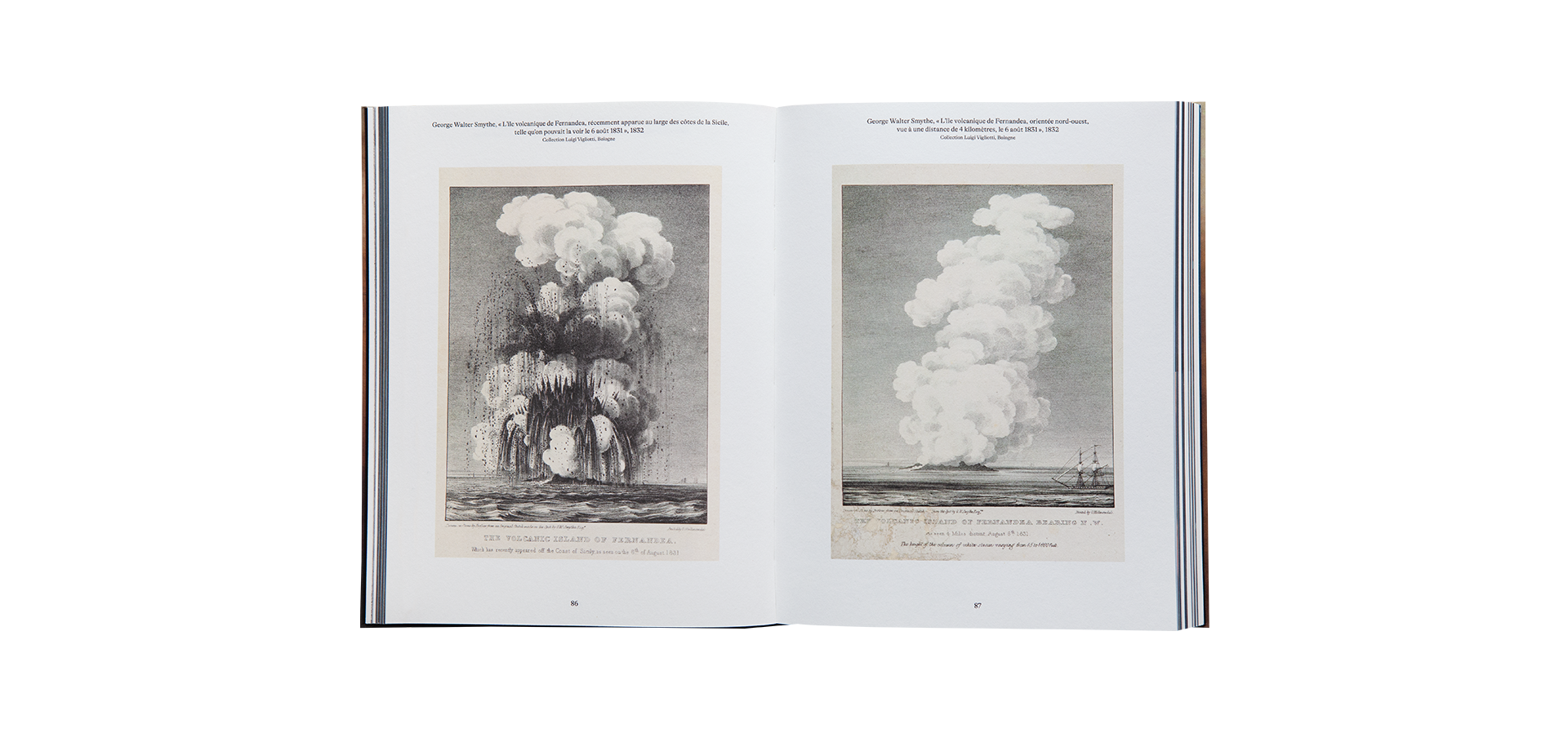
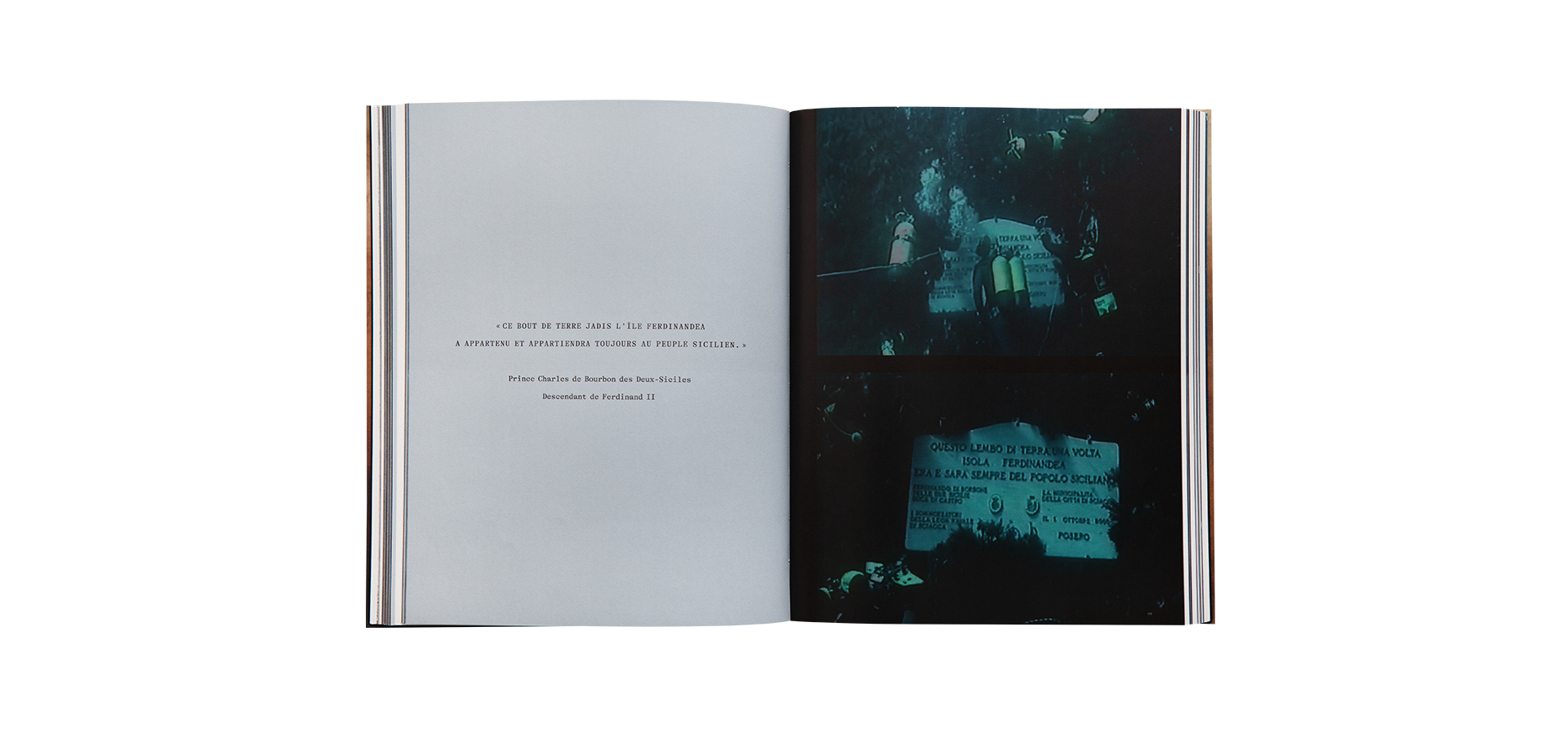
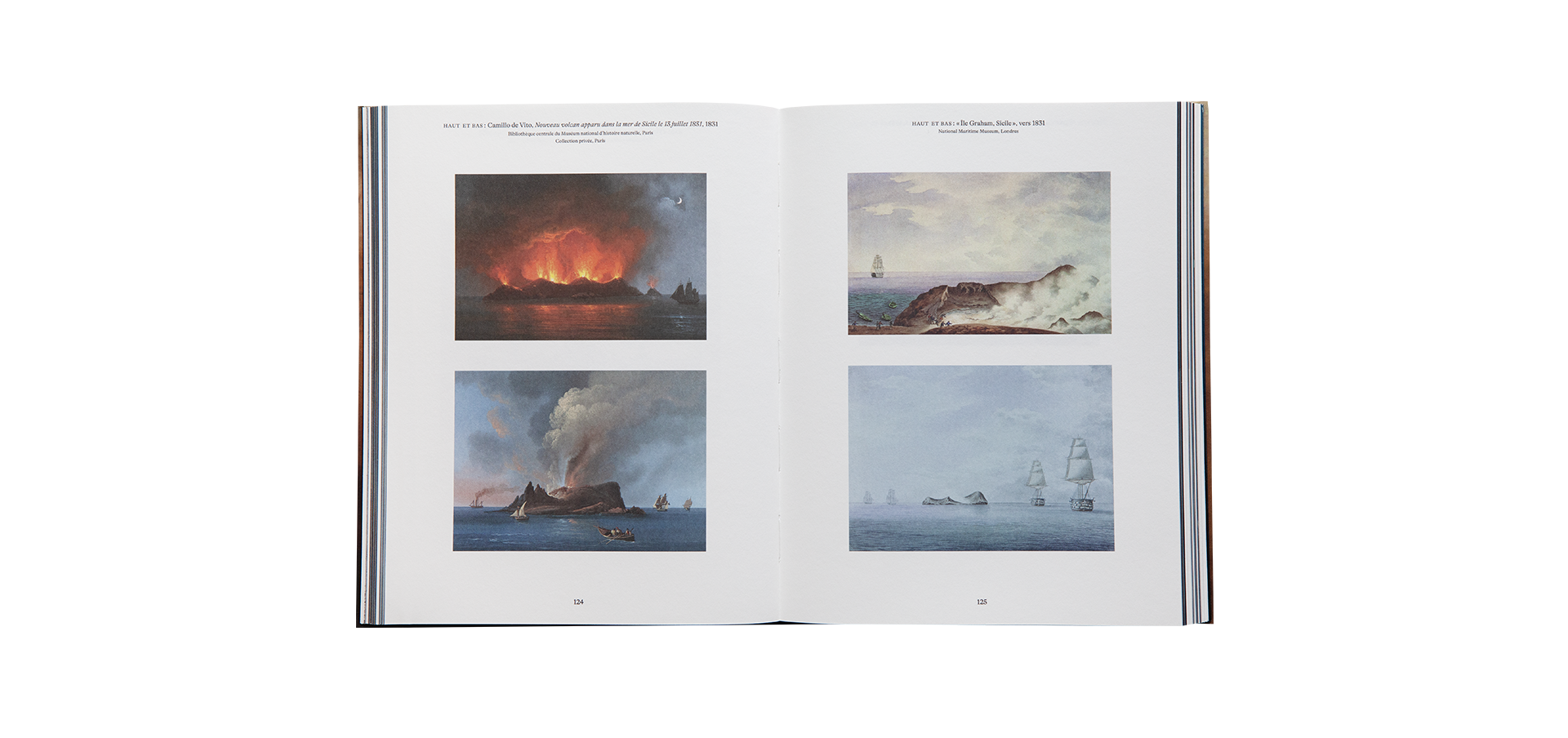
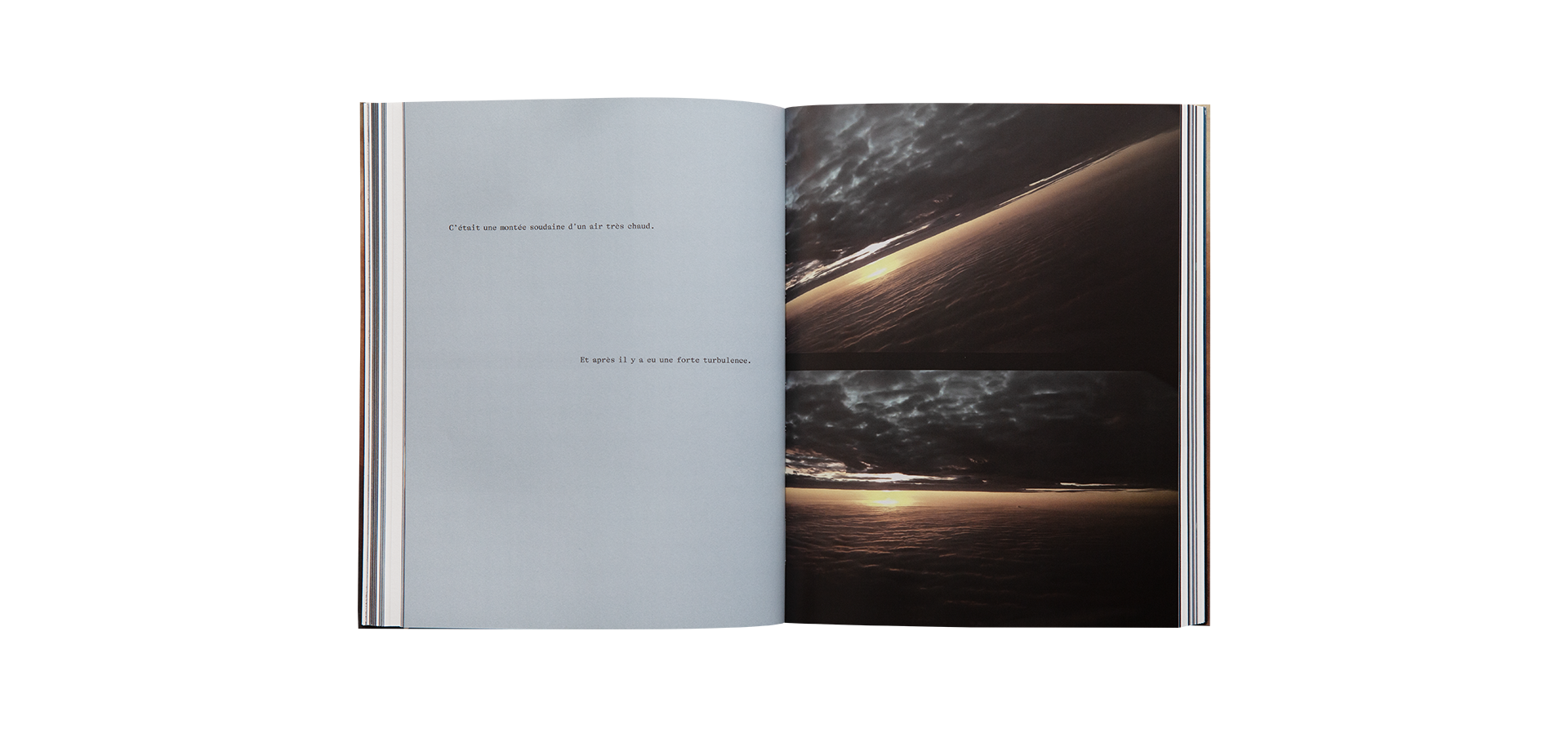

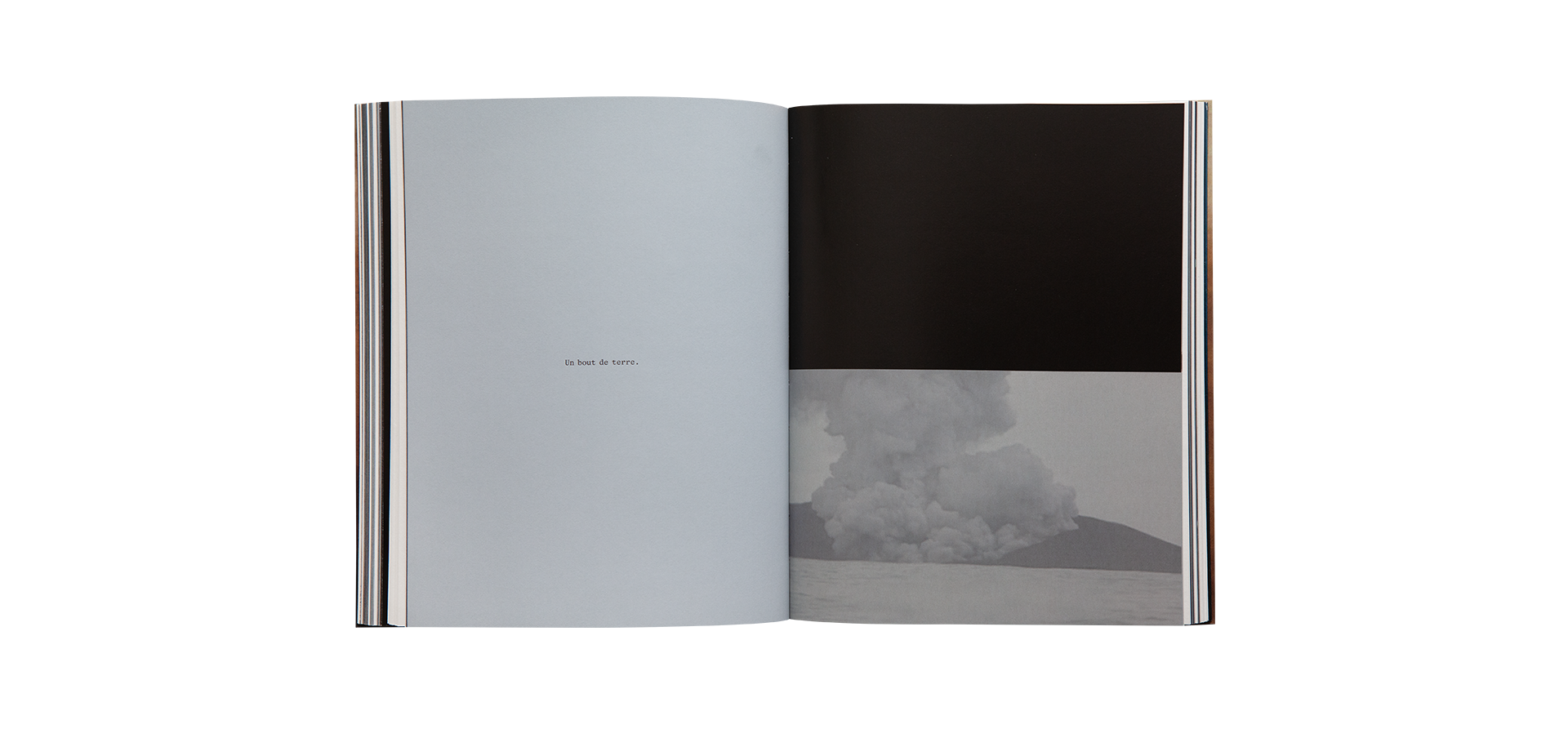


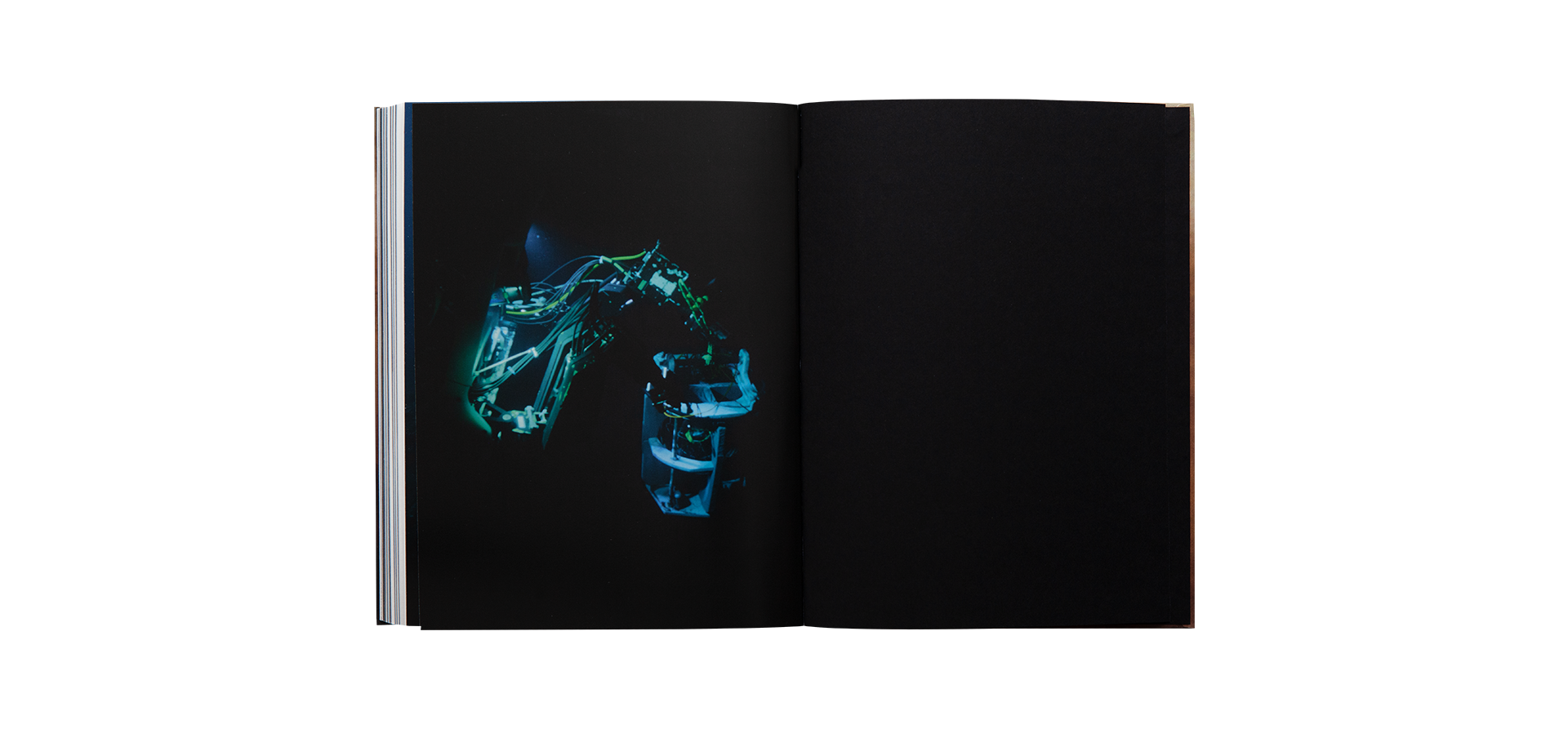

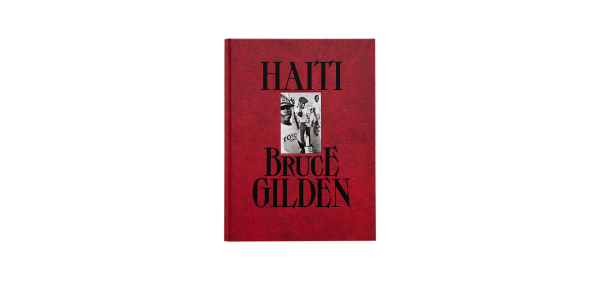
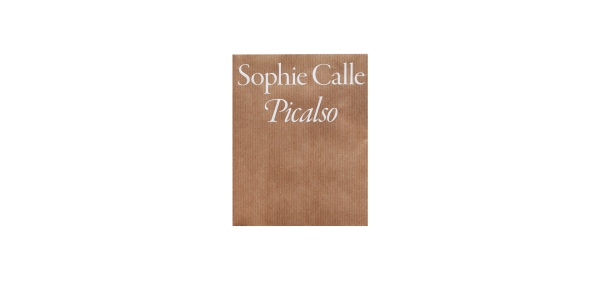

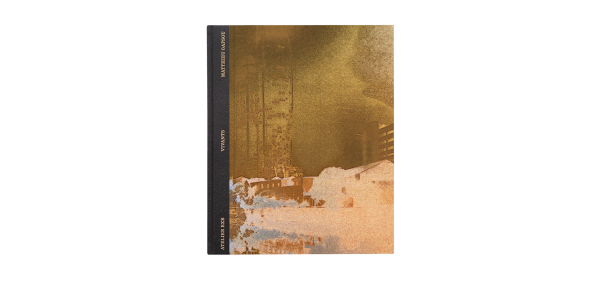


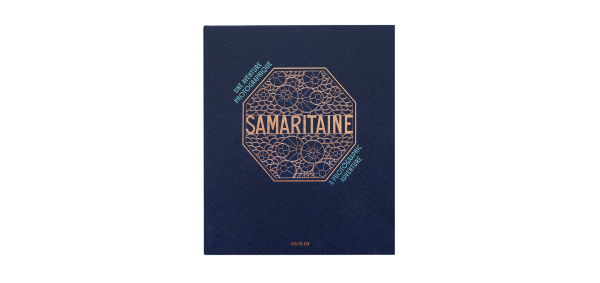
 see the whole catalog
see the whole catalog